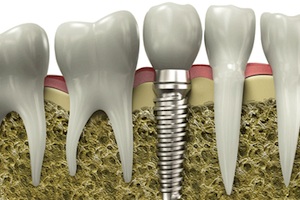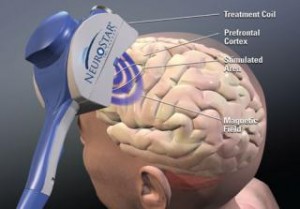It is a known fact that exposure to toxic substances during pregnancy can cause birth defects.
Investigators at the Center For Reproductive Biology of the University of Washington in Seattle examined the consequences of environmental toxins, which are also known as endocrine disruptors in their research. Dr. Michael K. Skinner led the study. The research team worked with rats, and they noticed that it was not only the first generation that was affected, but the effect persisted for as many as four generations later The substance they used in the experiment was either vinclozolin, an antiandrogenic compound commonly used as a pesticide in vineyards or methoxychlor, an estrogenic DDT replacement. Both pesticides are endocrine disruptors, as they interfere with the normal functioning of reproductive hormones. It was no surprise that ninety percent of male offspring that had been born to the exposed females had low sperm counts and reduced fertility.
The unexpected result showed up in the next generation. If these offspring were mated to unexposed females, they still had low sperm counts and reduced fertility. The effect persisted-completely unexpectedly- through all generations tested without further pesticide exposure. The researchers concluded that the toxins affected inheritance by altering patterns of DNA in the germ line. Genetic changes that are passed on for generations to come might play a role in more frequently occurring diseases such as breast cancer and prostate disease, as they may not be caused by genetic mutations.
This is also the first report that shows the menacing ability of an environmental factor to reprogram the germ line and promote a transgenerational disease pattern.
More information on environmental toxins: https://www.askdrray.com/protecting-yourself-from-environmental-toxins/
Reference: Parkhurst Exchange Volume 13,Number 6, August 2005, page 33
Last edited October 29, 2014















